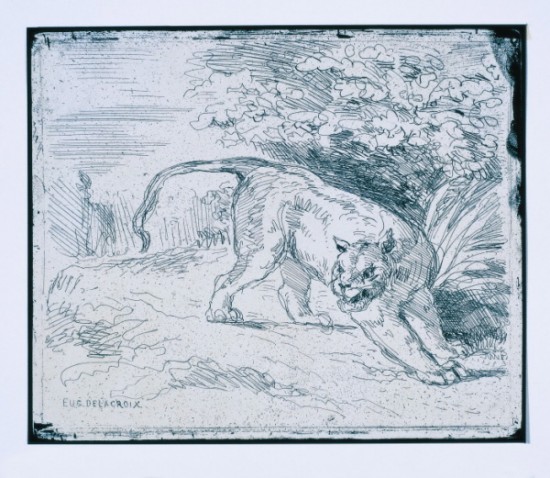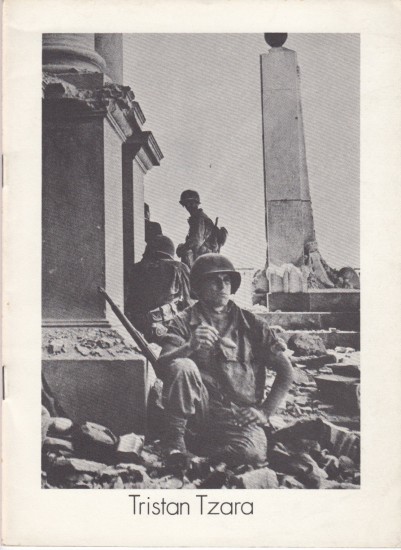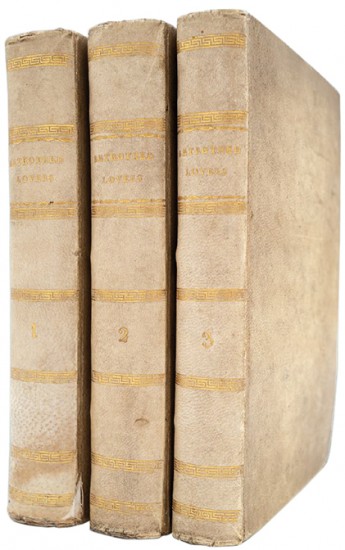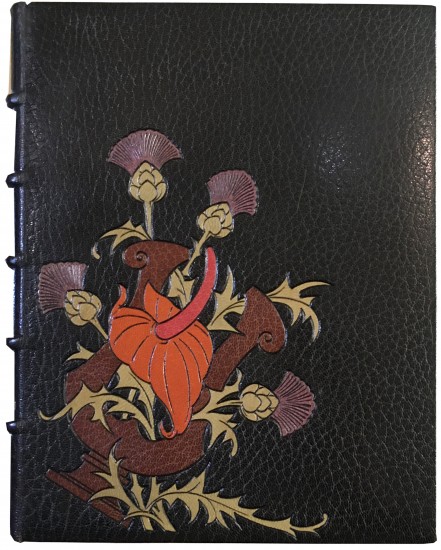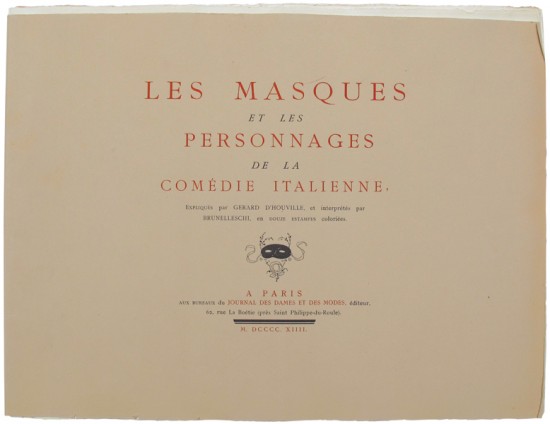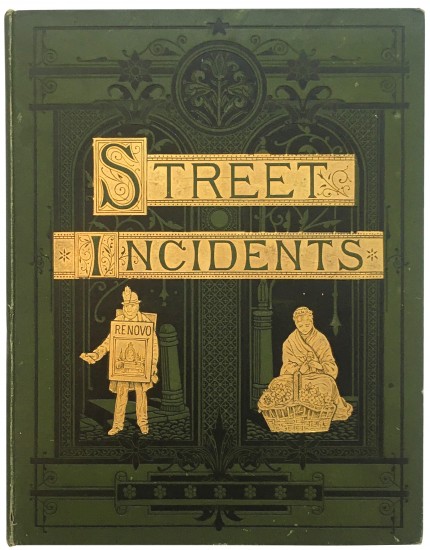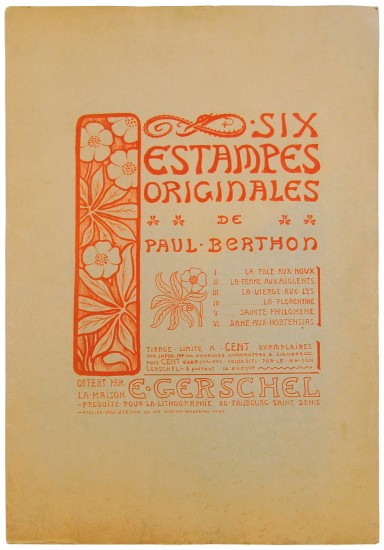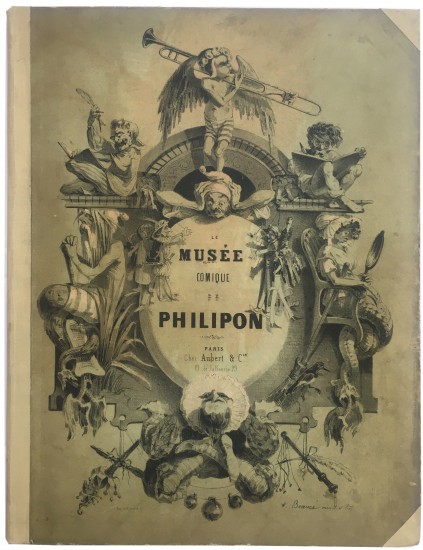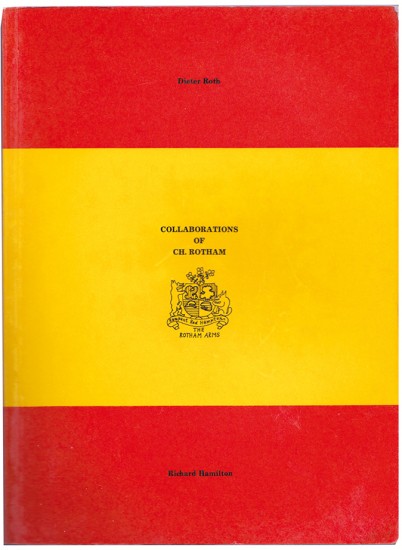QUARANTE CLICHES-GLACE de Corot - Daubigny - Delacroix - Millet - Rousseau
.
Paris. Maurice Le Garrec. 1921
Sold
From the edition limited to 150 copies, with this one of 5 copies (D) with a suite of proofs of the prints printed in different tones or inverted.
The plates are by:
Camille Corot: 19 subjects of which 5 are on one plate. (Delteil 41 - 43, 45, 46, 49, 50, 52 - 56).
Charles-Francois Daubigny: 16 plates (Delteil 133 - 147, 149).
Eugene Delacroix: 1 plate (Delteil 131).
Jean-Francois Millet: 2 plates (Delteil 27, 28).
Theodore Rousseau: 2 plates (Delteil 5, 6).
All the plates are mounted through passepartout. This copy with the subscription notice for the publication.
The cliche-verre technique was developed by the painter Constant Dutilleux and one of his sons-in-law, Charles Desavary, the drawing professor Louis Grandguillaume, and Adalbert Cuvelier, an industrialist and paint manufacturer. It was during a trip to Arras on April 16, 1853, to attend the wedding of Albert Robaut with Elisa Dutilleux, that Camille Corot discovered the process. Excited by the photographic applications to drawing and painting, the small group of enthusiasts began a lengthy collaboration with the painter by photographically reproducing his paintings. Following these encounters, in May 1853, Camille Corot produced the first in an impressive series of glass plates. The light, delicate sensitivity that so often enlivened his landscapes seemed to be permanently fixed in the lines and hatching of his 'cliche-verre'...The process momentarily attracted Eugene Delacroix, Charles Daubigny, Jean-Francois Millet, Theodore Rousseau and many lesser-known artists, but none used it as enthusiastically as Camille Corot.
The history and technique of the 'cliche-verre' were described in an article in the November 1903 issue of 'La Gazette des Beaux-Arts'.
'Il s'agit de dessiner sur une plaque de verre rendue sensible et qui sera ensuite tiree comme un negatif photographique ... On prend une plaque de verre ou de glace mince recouverte, ordinairement, de collodion sur laquelle on produit, non pas a l'aide de la chambre noir, mais a la main un dessin. Simplement griffe avec une pointe de metal ou de bois taille, tamponne avec une brosse ou un pinceau dur, le verre laisse apparaitre le dessin original qui, par les transparences et les opacites, devient analogue a un negatif verre ... '.
'The prints were made by simple contact, in the same way as for a normal negative plate. Despite a low margin for interpretation, considerable differences could appear from one print to another...The special attraction which distinguishes the cliche-verre from all other techniques lies in the diversity of printing possibilities. These variations which are difficult or even impossible to create when printing an engraving, etching or lithograph, make it possible to instantly produce a version which is distinct from the original, such as reversed, transformed or revised version of the artist's original work.' [Paviot].
The plates are by:
Camille Corot: 19 subjects of which 5 are on one plate. (Delteil 41 - 43, 45, 46, 49, 50, 52 - 56).
Charles-Francois Daubigny: 16 plates (Delteil 133 - 147, 149).
Eugene Delacroix: 1 plate (Delteil 131).
Jean-Francois Millet: 2 plates (Delteil 27, 28).
Theodore Rousseau: 2 plates (Delteil 5, 6).
All the plates are mounted through passepartout. This copy with the subscription notice for the publication.
The cliche-verre technique was developed by the painter Constant Dutilleux and one of his sons-in-law, Charles Desavary, the drawing professor Louis Grandguillaume, and Adalbert Cuvelier, an industrialist and paint manufacturer. It was during a trip to Arras on April 16, 1853, to attend the wedding of Albert Robaut with Elisa Dutilleux, that Camille Corot discovered the process. Excited by the photographic applications to drawing and painting, the small group of enthusiasts began a lengthy collaboration with the painter by photographically reproducing his paintings. Following these encounters, in May 1853, Camille Corot produced the first in an impressive series of glass plates. The light, delicate sensitivity that so often enlivened his landscapes seemed to be permanently fixed in the lines and hatching of his 'cliche-verre'...The process momentarily attracted Eugene Delacroix, Charles Daubigny, Jean-Francois Millet, Theodore Rousseau and many lesser-known artists, but none used it as enthusiastically as Camille Corot.
The history and technique of the 'cliche-verre' were described in an article in the November 1903 issue of 'La Gazette des Beaux-Arts'.
'Il s'agit de dessiner sur une plaque de verre rendue sensible et qui sera ensuite tiree comme un negatif photographique ... On prend une plaque de verre ou de glace mince recouverte, ordinairement, de collodion sur laquelle on produit, non pas a l'aide de la chambre noir, mais a la main un dessin. Simplement griffe avec une pointe de metal ou de bois taille, tamponne avec une brosse ou un pinceau dur, le verre laisse apparaitre le dessin original qui, par les transparences et les opacites, devient analogue a un negatif verre ... '.
'The prints were made by simple contact, in the same way as for a normal negative plate. Despite a low margin for interpretation, considerable differences could appear from one print to another...The special attraction which distinguishes the cliche-verre from all other techniques lies in the diversity of printing possibilities. These variations which are difficult or even impossible to create when printing an engraving, etching or lithograph, make it possible to instantly produce a version which is distinct from the original, such as reversed, transformed or revised version of the artist's original work.' [Paviot].
Folio. 40 cliche-verre plates mounted in 36 passepartouts. Loose as issued in publisher's portfolio.
#14575
